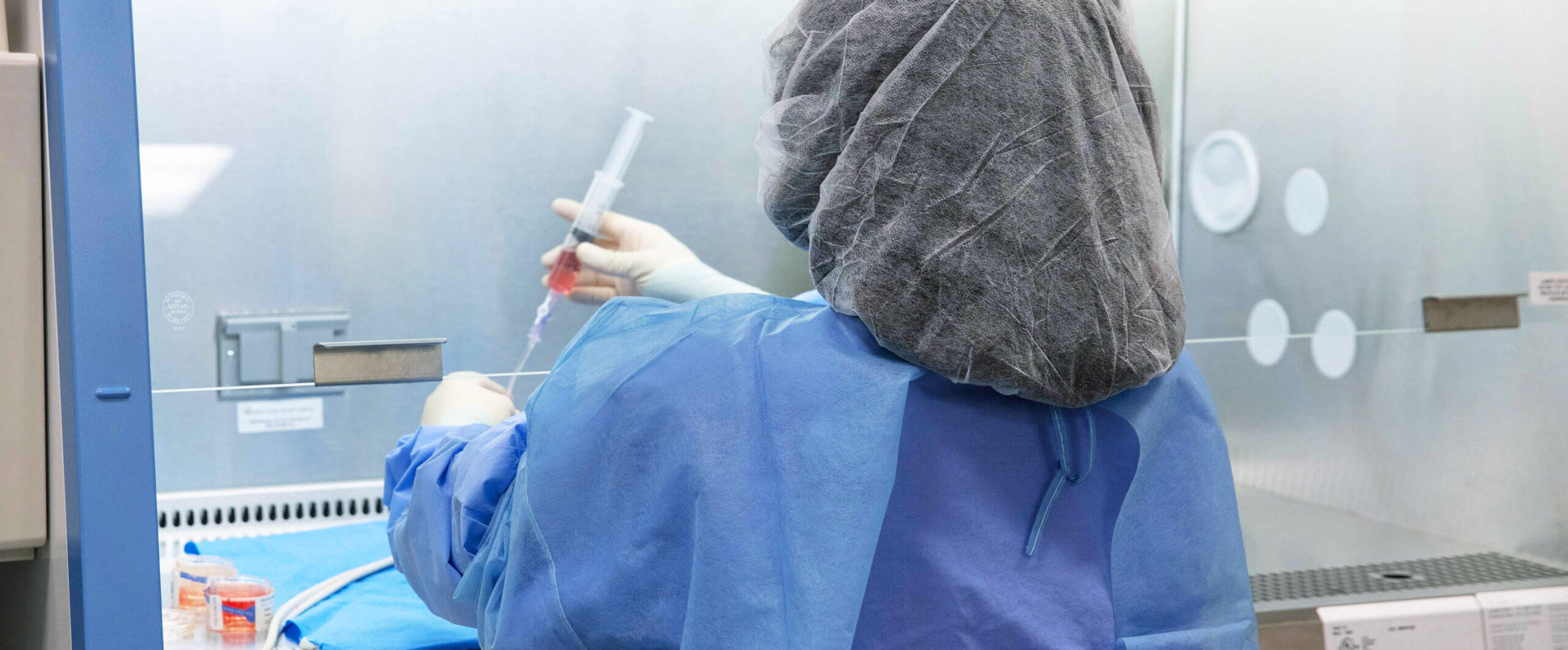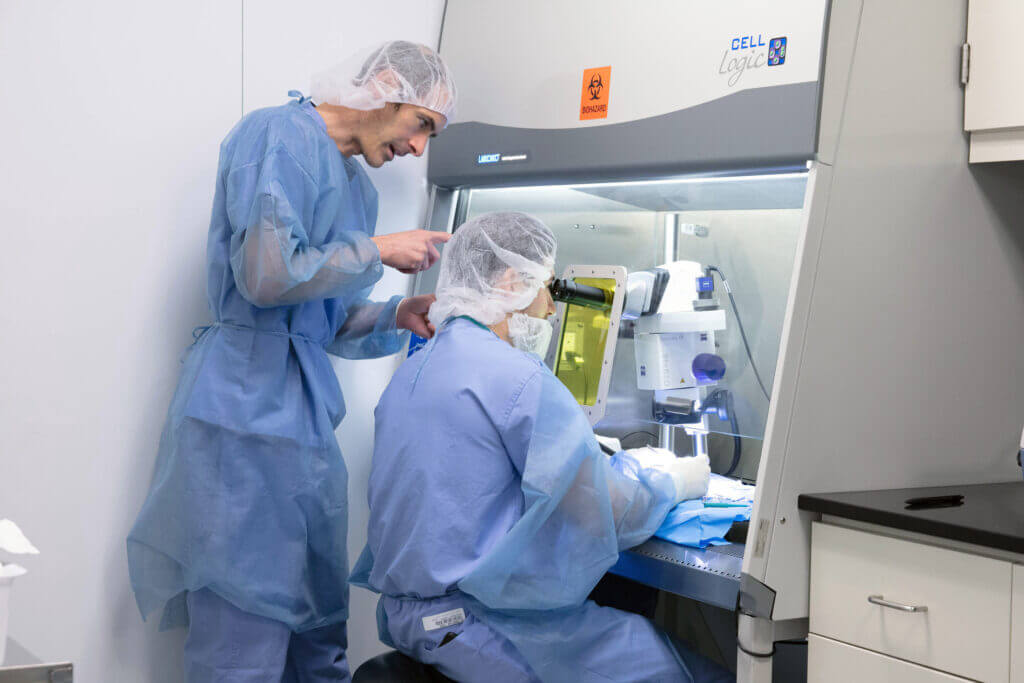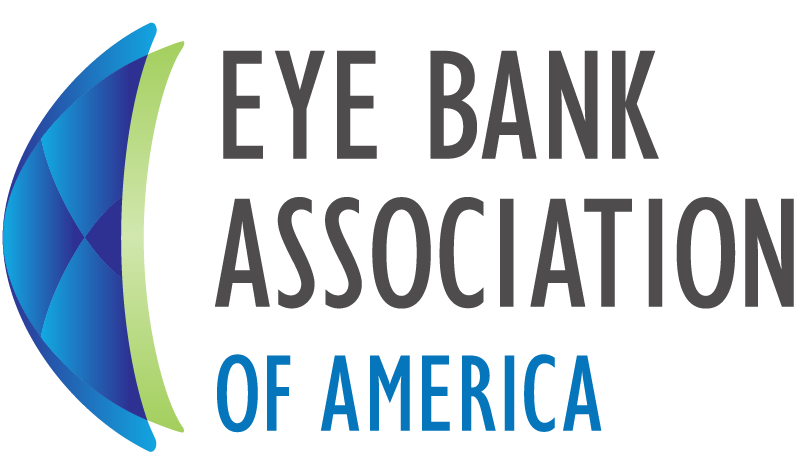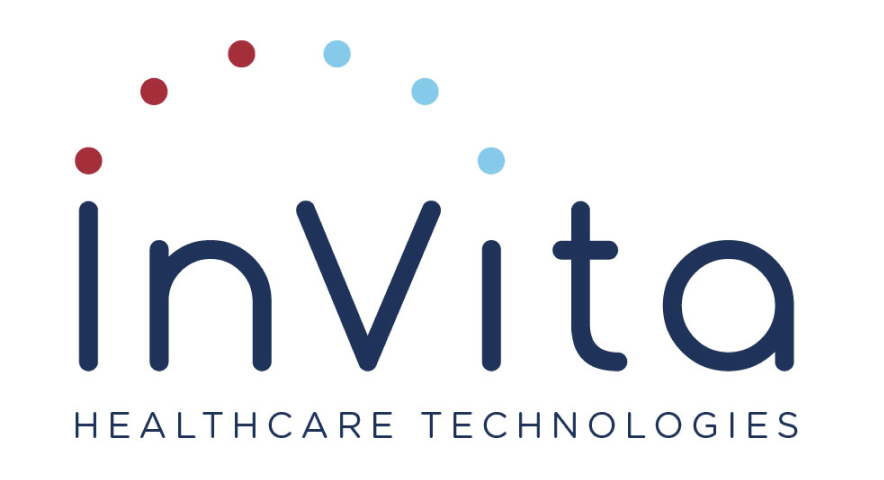Eye banks are facilities where eye bankers restore sight and change lives in their local communities and around the world by facilitating cornea donation and providing ocular tissue for transplant, research, and education.
EBAA eye banks are non-profit organizations that obtain, medically evaluate, and distribute ocular tissue for transplant, research, and education. On average, U.S. EBAA eye banks provide tissue for more than 85,000 sight-restoring corneal transplants each year.
EBAA Member eye banks serve all 50 U.S. states, Washington DC, Puerto Rico, and locations around the world. Eye banks can be eye only, eye and tissue, or part of an organ procurement organization, and they vary in the functions that are performed including: recovery, storage, tissue evaluation, donor eligibility determination, processing, and distribution. Besides core functions, many eye banks conduct or provide tissue for innovative research to advance eye banking and sight restoration.

EBAA Medical Standards and Food and Drug Administration (FDA) regulations are the foundation for eye bank procedures, ensuring that all tissue is recovered, processed, and distributed in adherence to approved medical processes and resulting in the healthiest, most high quality tissue with the best possible outcomes for recipients. The majority of EBAA Member eye banks are EBAA Accredited which assures that their processes and facilities have undergone thorough inspection by peer eye bank professionals and corneal surgeons, meeting or exceeding industry standards and regulations.
Eye Bank Structures
Eye banking organizations vary in structure and functions, but typically fall into these categories:
- Eye Bank Only Functions
- Tissue and Eye Bank Functions
- Recovery Centers
- Processing Centers
- Distribution Centers
- Multicenter Eye Banks
What is an Eye Banker?
While roles vary, generally speaking, an eye banker is an individual who works at/for an eye bank, and is committed to the EBAA mission to #RestoreSight worldwide.

Departments/Eye Banking Roles
Eye banks typically consist of the departments outlined below, with eye bankers working in various roles.
Donor Eligibility
Review potential donors’ medical history to verify if the donor is eligible to donate.
Recovery
Procure ocular tissue from deceased donors who have been cleared for donation through first person authorization, or consent from the next of kin.
Evaluation
Evaluate tissue using slit lamp and specular microscopes, as well as other equipment to assess the health and quality of the tissue.
Processing
Perform procedures to prepare the tissue for transplant, this can include testing for microorganisms, preparing the tissue, manipulating or resizing the tissue based on surgical specifications, sterilizing the tissue, or removing adventitious agents.
Distribution
Work with surgical centers, hospitals, and practices, to fulfill requests for tissue. Package and ship tissue for transplant and research.
Quality Assurance
Develop, implement, and monitor quality systems and quality assurance as it relates to regulatory compliance, departmental, and organizational strategic goals and processes.
Hospital Development/ Partner Relations/ Community Outreach
Build and strengthen relationships with the local community, hospitals, hospices, funeral homes, medical examiner/ coroner offices and other third-party organizations.
Family Services
Provide information and resources to donor family members and cornea recipients.
Find an Eye Bank
Visit the Find an Eye Bank page to find a local eye bank or to check the Accreditation Status of an eye bank.


